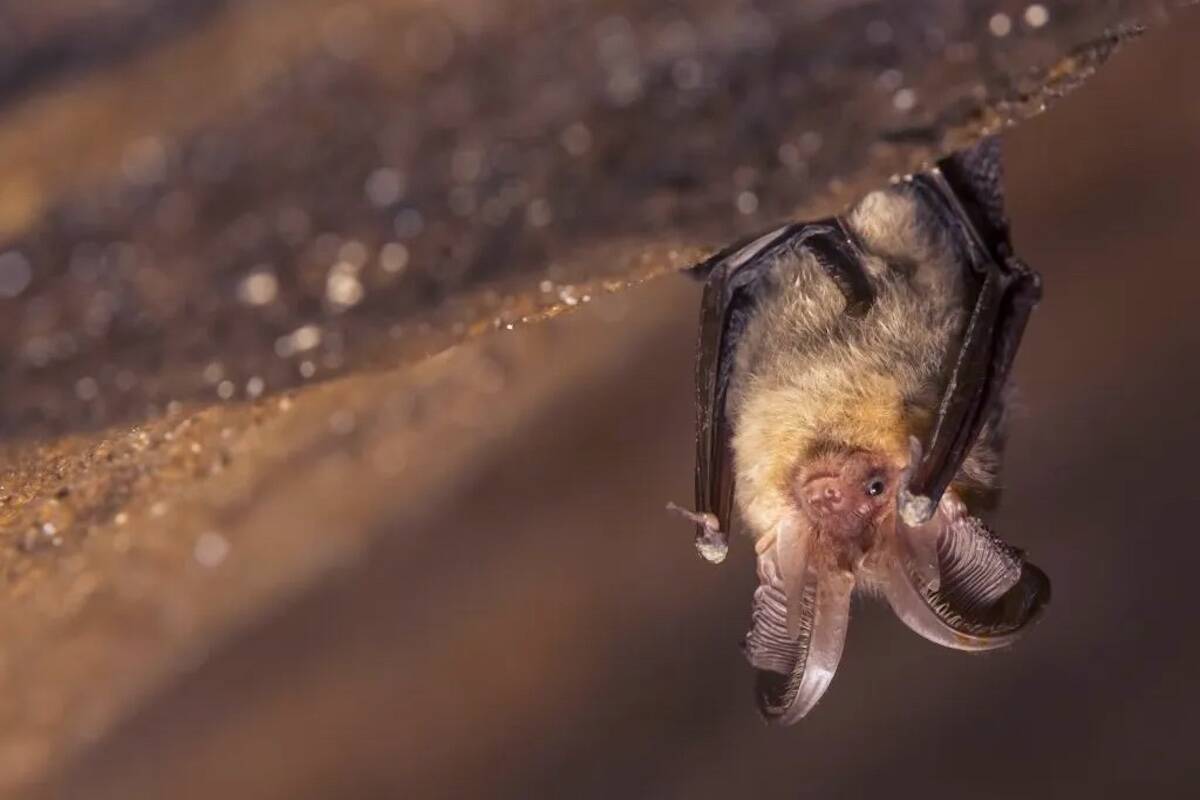It is time to count bats at maternity roosts in Victoria and across B.C. starting Saturday, June 1.
This is the time of year when bat biologists and volunteers will sit outside maternity roosts for about an hour and count all the bats that come out during sunset.
“Female bats roost together in summer and raise their young in maternity colonies,” says Julianna Laposa-Wilde, Southern Vancouver Island coordinator for the B.C. Community Bat Program.
The bats will have one pup during June and receive no help from their male counterparts, who roost in large trees or rock cliffs.
“We usually do four bat counts at every roost site – two in June to count just the females and two more starting mid-July when the pups are learning to fly,” Laposa-Wilde said.
Last year, volunteers counted bats at 274 maternity roost sites across the province. In total, 888 bats were counted.
“The data collected is really important as it helps us know how the bat populations are doing in B.C.,” Laposa-Wilde said.
The annual bat count began in 2012 and is the only long-term monitoring program concentrating on bats’ summer roosts in B.C. Biologists use the counts to monitor bat populations and track the impacts on or recovery of species.
If during the studies, biologists have found the bat population has decreased, it could be due to white-noise syndrome, a fungal disease that has yet to be discovered in B.C. It has plummeted bat counts in recent years across eastern Canada and the United States.
“A large number of the roost sites we count house Little Brown Myotis and Yuma Myotis, both of which are susceptible to white-nose syndrome,” Laposa-Wilde said.
Bats in B.C. play a vital role in controlling night-flying insects and help to support the local economy by controlling agricultural, forest, and urban pests.
To report a bat colony or sign up to help with bat counts at bcbat.ca
READ MORE: Vancouver encampment residents venture to Victoria legislature to be heard


